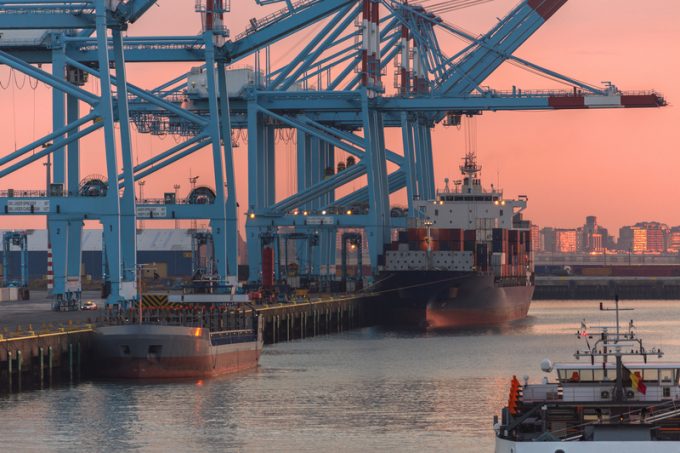Marginal gains on east-west ocean container routes in a challenging week
Despite the huge uncertainty US tariffs have injected into container supply chains, and its potentially ...

Deepsea container shipping freight rates on the Asia-Europe trades this week again showed that the peak season has yet to materialise, with price quotes for next week showing more marginal declines.
According to today’s Shanghai Containerised Freight Index (SCFI), which records a sample of freight rate quotes for the following week, the all-in spot rate for China-North Europe is set to decline 0.6%, to $672 per teu, and for China-Mediterranean ports to drop 0.3%, to $692 per teu.
The risible state of ...
Asia-USEC shippers to lose 42% capacity in a surge of blanked sailings
USTR fees will lead to 'complete destabilisation' of container shipping alliances
Outlook for container shipping 'more uncertain now than at the onset of Covid'
New USTR port fees threaten shipping and global supply chains, says Cosco
Transpac container service closures mount
DHL Express suspends non-de minimis B2C parcels to US consumers
Zim ordered to pay Samsung $3.7m for 'wrongful' D&D charges
Flexport lawsuit an 'undifferentiated mass of gibberish', claims Freightmate
Cancelled voyages take the sting out of spot rate declines this week
Uncertainty over US tariffs sparks interest in bonded warehouses for imports
Shippers warned: don't under-value US exports to avoid tariffs – 'CBP will catch you'
Blanked sailings in response to falling demand 'just a stop-gap solution'


Comment on this article